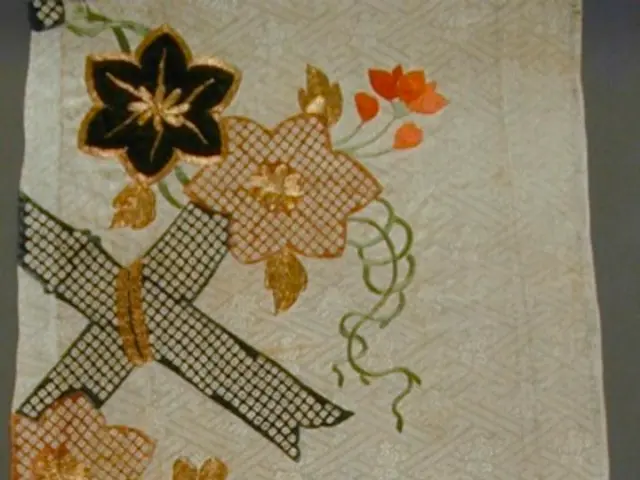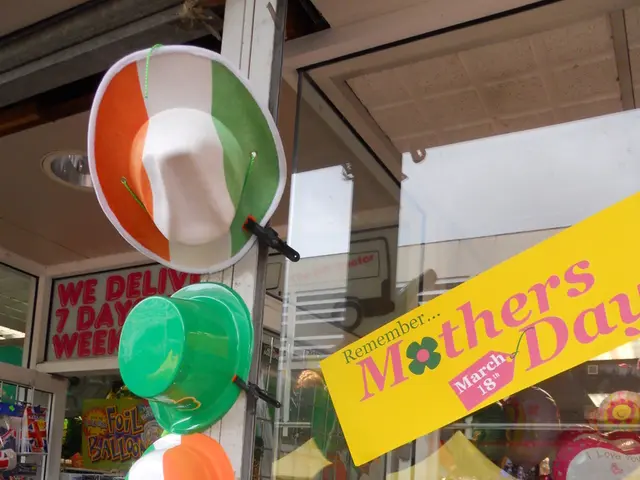The Victorian Art of Floriography: Interpreting Hidden Messages Through Flowers
January 26, 2024
Exploring the Complex Language of Victorian Flowers
In a time where society's decorum limited the vocal expression of emotions, flowers subtly took on the role of conveying deep sentiments. This silent but profound language, known as floriography, originated in ancient civilizations and reached its peak in the Victorian era. The delicate petals and hues of flowers communicated secrets, conveyed emotions, and carried the weight of words that could not be spoken aloud.
Historical Context of Floriography
The assignment of meanings to flowers dates back to ancient societies such as the Greeks, Egyptians, and Romans, where flowers were integral in rituals and religious ceremonies. Flowers often symbolized societal status and divine favor. For example, in Greek mythology, flowers were frequently linked to gods and their stories, such as the myth of Narcissus, christening the flower with his name.
The Victorian era witnessed a resurgence and refinement of floriography into a sophisticated form of non-verbal communication. Factors like the heightened interest in nature, the Industrial Revolution, and colonial exposures led to a richer, more diverse floral vocabulary.
Victorian Expression in a Restricted Society
In the context of Victorian society, where direct expression of emotions was often discouraged, especially in matters of the heart, flower language emerged as a valuable form of discreet communication. Flowers allowed individuals to express feelings and convey messages without the need for direct verbal communication, adhering to the era's etiquette.
For instance, a bouquet of violets could signify loyalty and faithfulness, while an offering of marigolds might hint at grief or despair. A pink happiness rose, on the other hand, would indicate joy or a wish for a happy life. This subtle form of communication was especially crucial in courtship, where overt expressions of affection were considered inappropriate.
The Nuanced Language of Victorian Flowers
Each flower held a specific meaning or message, composing a complex botanical code. The type, color, and condition of the flower, and even how it was presented or received, altered the message. This intricate language allowed for rich and varied expression of emotions and sentiments in a socially acceptable manner.
Examples of commonly used flowers and their meanings in Victorian floriography included roses, lilies, tulips, chrysanthemums, daisies, carnations, irises, orchids, sunflowers, and peonies.
Victorian Relevance Today
Floriography's influence on daily lives, literature, poetry, and art can still be seen today. From weddings and funerals to commemoration days, the symbolic meanings of flowers continue to resonate. Furthermore, the symbolism of flowers is often referenced in contemporary literature, films, and popular culture.
Although the detailed use of floriography has decreased with changes in social norms and communication styles, the intricate language continues to influence modern designers who incorporate specific flowers to communicate certain themes or emotions in their arrangements. This enduring legacy highlights the lasting impact of flower language in our cultural and artistic expressions.
For more on this fascinating topic, stay tuned to our upcoming articles.
In contemporary society, the intricate language of flowers, or floriography, continues to inspire various aspects of our lives. Whether it's a news article discussing lifestyle, fashion-and-beauty, or home-and-garden trends, one might encounter a reference to the symbolic meanings of flowers. Additionally, in the realm of education-and-self-development, learning about floriography offers a unique perspective on the history of non-verbal communication, providing valuable insights into Victorian society and the interplay between art, culture, and social norms.








